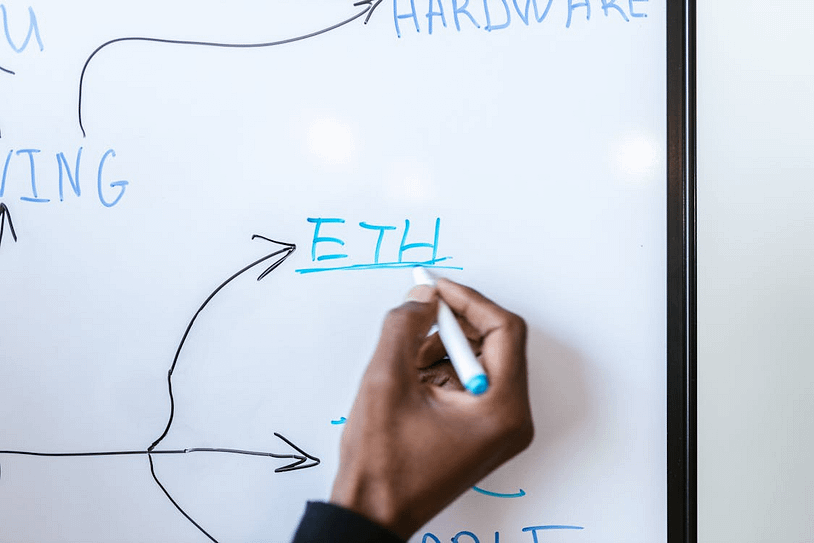In the event you’ve simply began your journey into the world of Ethereum, you’ve in all probability found two truths in a short time: transactions aren’t free, they usually aren’t at all times instantaneous. That second of seeing an additional cost labeled “gasoline payment” in your first swap or NFT buy could be a little bit of a shock. This price, together with the time it takes to your transaction to finish, is a elementary a part of how the Ethereum community capabilities.
What Precisely Are Gasoline Charges?
Consider gasoline because the gasoline that powers the Ethereum community. Each motion you are taking, whether or not it is sending ETH to a buddy, swapping tokens, or interacting with a sensible contract, requires computational energy. That energy is not free. The gasoline payment is a fee made to the community’s validators. These are the contributors who run the {hardware} that processes your transaction, verifies it, and provides it to the worldwide, decentralized ledger often called the blockchain.
Gwei Incentivization Price
This payment incentivizes contributors to do the work of securing the community and prevents unhealthy actors from spamming it with infinite, ineffective transactions. The payment itself is calculated in “gwei,” which is a tiny fraction of an Ether (ETH), however when the community is busy and the ETH price is excessive, these tiny fractions can add as much as a major sum.
The Ebb and Circulation of Community Congestion
Why is not the gasoline payment a hard and fast value? The associated fee fluctuates primarily based on a easy precept: provide and demand. The provision is the restricted quantity of area out there in every new block of transactions. The demand is the variety of folks making an attempt to get their transactions included in that block at any given second. When hundreds of individuals are making an attempt to mint a well-liked NFT or use a brand new decentralized finance software concurrently, they’re all competing for that restricted block area. This creates a bidding struggle. Customers who’re prepared to pay the next gasoline payment get their transactions prioritized by validators, very similar to paying for a precedence transport possibility.
Your Management Over Pace and Value
You are not totally on the mercy of the community’s whims. Most wallets offer you a level of management over how a lot you are prepared to pay. You may typically see choices like “low,” “market,” and “aggressive” charges. Selecting a low payment means you’re telling validators you are not in a rush, and your transaction will doubtless be processed when the community calms down. This could prevent cash, however it additionally runs the chance of your transaction getting “caught” for hours if demand stays excessive. Paying an aggressive payment is like leaping to the entrance of the road; you may pay extra, however your transaction will virtually definitely be included within the very subsequent block.
Timing Your Transactions Strategically
Probably the most efficient methods to handle gasoline charges is to turn into strategic about when you transact. For the reason that Ethereum community is international, its “rush hour” typically corresponds with the waking hours of Europe and the Americas. In case your transaction is not time-sensitive, contemplate ready for intervals of decrease exercise. This typically means late nights or weekends. You don’t must guess, both. Quite a few on-line instruments, typically known as gasoline trackers, present real-time information on community congestion and present gwei costs.
Whereas gasoline charges can really feel like a irritating hurdle, they’re a core characteristic of Ethereum’s safety and stability mannequin. The system ensures that the community’s assets are allotted pretty to those that worth them most at any given time.
